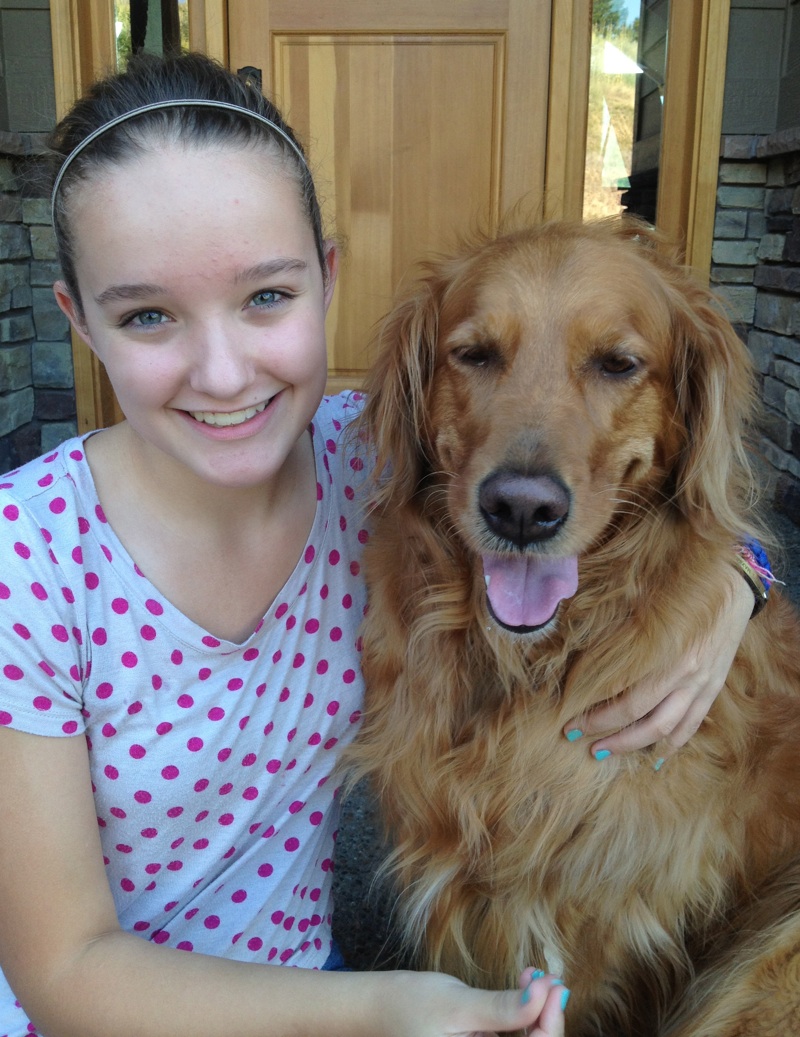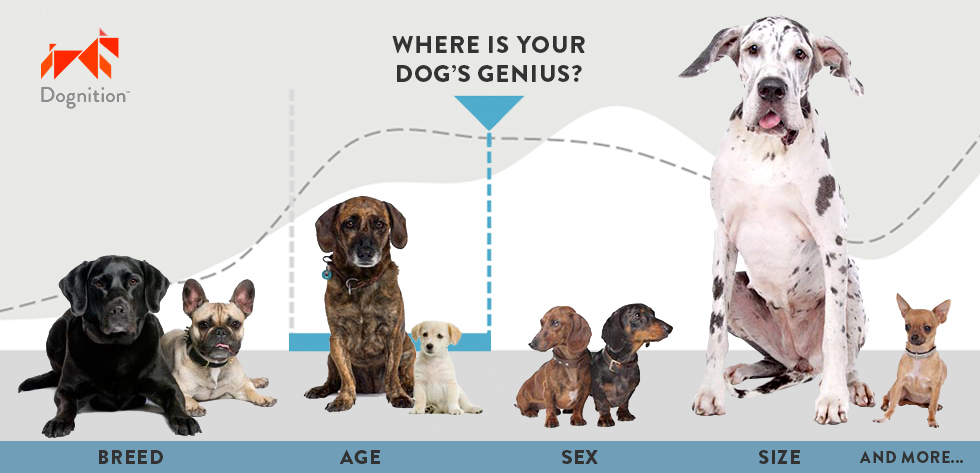
Does a Dog's Breed Really Dictate Its Behavior? (Op-Ed)

Vanessa Woods is a research scientist at Duke University and the co-founder of Dognition, a website that helps owners find the genius in their dogs. She is also the co-author of the New York Times bestseller "The Genius of Dogs." She contributed this article to LiveScience's Expert Voices: Op-Ed & Insights.
The smartest dog breed is the border collie. A beagle will always find its way home. Golden retrievers are lovingly attached to their owners. There are many breed stereotypes, but are they based on more than intuition? With the Dognition citizen-science project, it may soon be on the verge of finding out.
One of the reasons that breed differences are so hard to prove scientifically is that genetically, breeds are so new. Dogs and wolves split from each other between 15,000 and 40,000 years ago, and their DNA only differs by 0.04 percent. Most breeds today are less than 150 years old, a fraction of a nanosecond in evolutionary time.

It was the aspiring middle classes in Victorian England that started the breed craze. Previously, the emphasis was on what a dog could do, not what a dog looked like. So, any dog that chased hares was a harrier, any lapdog was a spaniel, and any large, intimidating dog was a mastiff.
Over time, this could cause certain dogs to have a certain appearance. For instance, a barbaric practice in 18th-century England was bullbaiting, in which butchers tied a bull to the stake and unleashed dogs to kill it, since this supposedly made the meat tender. Any dog who killed bulls was called a bulldog, but in general, it helped for the dog to be low to the ground, with strong jaws to lock onto the bull. Wide, flared nostrils and a protruding mandible helped the dog breathe. All these traits shaped the bulldog into what we know today.
But the upwardly mobile middle classes — who were insecure about lineage and social standing — did not just want any mutt on the end of their leash. They wanted people to know at a glance that they had a first-rate dog that had cost a lot of money and had impeccable bloodlines. The easiest way to broadcast this was by the dog's appearance.

A breed by any other name
Get the world’s most fascinating discoveries delivered straight to your inbox.
Today, the emphasis on appearance is still stronger than how a dog thinks or behaves, and there are often more differences within a breed than between breeds. So, a dog that doesn't retrieve is still a retriever, and a dog that doesn't herd sheep is still a shepherd. All this makes finding breed differences in qualities like intelligence and behavior all the more difficult.
That does not mean there are no breed differences, or that researchers are not trying to find out what they are. In fact, as part of the Dognition citizen-science project, we have begun chipping away at the iceberg.
Already, thousands of people who have signed up are contributing to an ever-growing database that dog owners can use to compare their dogs to other breed groups. Is their dog more logical than a herding dog? More bonded than a toy breed? More impulsive than a sporting dog? Even if you have not done the tests, you can explore the data to see if such expectations are correct. (Is your breed stereotype correct? Explore the Dognition database here.)
Of dogs and data
In an initial study of 433 dogs, we found that purebreds were better at communication than mixed breeds, and mixed breeds had better memories than purebreds.
To test a dog's communicative abilities, owners pointed to food and recorded if their dogs followed their pointing. The ability to follow a human point to find food, or retrieve, is something owners usually take for granted, but it is remarkable in the animal kingdom. Even humans' closest relatives, chimpanzees, do not follow human gestures as well as dogs do.
Both purebreds and mixed breeds followed their owners' gestures, but purebreds were consistently more reliant on their owner's gestures.
To test memory, dogs were given a series of games that tested working memory, which is the ability to hold information in mind and mentally manipulate that information. An example of working memory is remembering a phone number long enough to dial it. Working memory is important for any kind of problem solving and, in humans, has been correlated with skills in learning, math, reading and language.
In one game, dogs saw their owners hide food under a cup but then point to the opposite cup. Purebreds were statistically more likely to choose the cup their owner pointed to rather than the cup they remembered seeing the food go into.
In a slightly different version of the game, dogs saw their owner hide the food, but then the owner switched the food to the other cup while the dog's eyes were covered. Again, all dogs tended to rely on their memory, but mixed breeds were significantly more likely than purebreds to use their memory to locate the food.
This does not mean that purebreds have bad memories. In fact, when we tested only their memories, they were just as successful as the mixed breeds. It's just that purebreds seem to rely more on other strategies, such as social information.

One explanation for this is that historically, when the emphasis was still on function over form, many purebreds were bred to be working dogs that depended on reading human gestures. [Does Your Dog Love You? Yawn and Find Out (Op-Ed)]
For example, Labrador retrievers were originally bred to be hunting dogs, and German shepherds were originally bred to herd and guard sheep. Although all dogs are good at reading human gestures, purebreds might have an extra edge because of their original jobs. Conversely, mixed breeds can read human gestures, but perhaps hybrid vigor has given them more flexibility, so they can also rely on other cognitive strategies, like their memories.
As more people sign up to participate in Dognition, we will soon be able to parse these differences down to the breed level. Who knows? Perhaps Chihuahuas will be the most empathic, and puggles will have the best reasoning skills. With enough people, we may soon have breed profiling down to a science, and we will see how closely expectations reflect reality.
Woods' most recent Op-Ed was "Why Lines for Disney Rides are 'Magic'" The views expressed are those of the author and do not necessarily reflect the views of the publisher. This version of the article was originally published on LiveScience.
